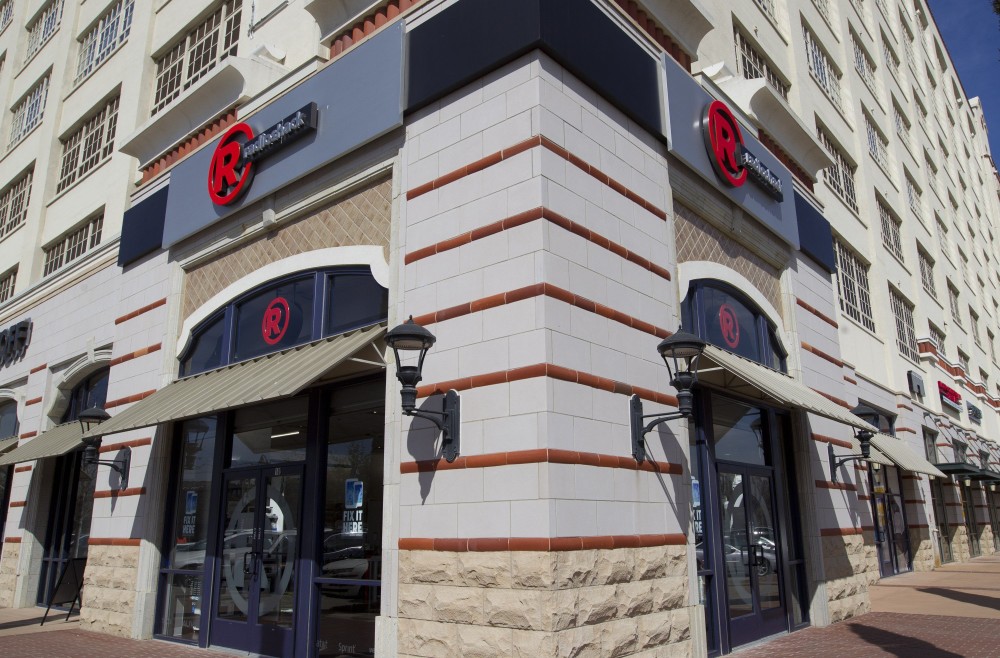By Joan Verdon
The Record (Hackensack, N.J.)
The experts who keep track of store openings and closings have been forecasting for more than a decade that the day was coming when American retailers would have to pay for building way too many stores.
That day of reckoning, some say, has arrived, with one retail watcher predicting a “tsunami” of store closings this year.
That prediction, by Brian Sozzi of Belus Capital Advisors in New York, was made in January. Radio Shack announced this week that it was closing up to 1,100 of its stores, and Staples said Thursday it was shutting 225 of its locations.
Even retailers that recently have been in expansion mode are trimming their store counts. Teen retailer Aeropostale is planning to close 175 stores in coming years. The Children’s Place, while continuing to open stores, will shutter 125 of its weakest shops by 2016.
Some of the closings are driven by weak performance, such as Radio Shack, which has struggled to find its niche in the modern electronics world as it approaches its 100th birthday. But in other cases, closings are being announced by retailers such as Staples that have decided that in the Internet age, market dominance will not be achieved by building more brick-and-mortar stores.
“It’s partially a function of the economy that hasn’t been that great, and consumers aren’t spending the way they used to, combined with retailers really just retooling their strategy,” said Glenn Brill, managing director at FTI Real Estate Solutions, a New York-based consulting firm.
In the past, Brill said, it was common for retailers to want to saturate a market to prevent competitors from moving in. “Those days are over,” he said.
Now, with shopper visits to stores down close to 15 percent during the November and December holiday season, and with online purchases growing at nearly the same pace, retailers are trying to figure out how many stores they really need, and how big they should be.
Alison Paul, a retail and distribution expert at consulting firm Deloitte, said in January that she expects the coming shake-up will be the biggest change the retail industry has seen since the 1960s, when the era of big-box stores began.
“If brick-and-mortar retailers don’t really address how to make their stores an experience, like Apple, like H&M, then they run the risk of becoming outmoded,” said Jeff Green, president of Arizona-based retail real estate consulting firm Jeff Green Partners.
Talk of America being overstored is not new, Green said, but the huge growth of online shopping is forcing retailers to address the problem.
“As so many office products and consumer electronics are bought over the Web, the office supply superstore doesn’t need to be as large as it was, and there don’t need to be as many stores,” he said.
“The closing of Staples is symptomatic of trouble in big-box retail in general,” FTI’s Brill said, as the items that filled the superstores can now be found by surfing the Web rather than browsing the aisles of giant stores.
“Look at an older Best Buy store,” he said. “They had a racetrack in the middle, like an oval, and everything that was in that oval, CDs, software, video games, all of that is Amazon material. People don’t care where they buy it, as long as they can get it for the lowest price,” he said.
The Internet, Brill said, allows consumers to window-shop dozens and dozens of stores, and use shopping sites that compare prices and products. “It’s tough to compete with that,” he said.
The recent closings join a long list of retailers that have gone out of business, such as Circuit City, Linens ‘N Things and Borders; or have closed stores, including Office Depot and A&P, said Ray Cirz, chairman of Integra, the country’s largest commercial real estate appraisal firm.
The shopping centers most at risk from a flood of store closings, Cirz said, are power centers, the name for shopping centers that are a collection of standalone big-box stores. Supermarket-anchored neighborhood centers are less threatened, he said, because they tend to have tenants like hair salons and dry cleaners, where there are no Internet substitutes.
Chuck Lanyard, president of The Goldstein Group, a New Jersey retail real estate brokerage, said former Radio Shack stores should be easier to re-lease because their smaller size, 2,500 to 3,000 square feet, is the sweet spot that many tenants are looking for.
When a chain like Staples closes a store, it often opens a smaller one nearby. “It’s not like they are in trouble. They’re really very wisely rethinking how to do their business,” he said.
Cirz said he is seeing a lot of smaller, regional malls shift toward service tenants such as salons, entertainment tenants and restaurants “because those are things you can’t get from the Internet.”
Some traditional retailers, such as Basset Furniture, JoAnn Fabric and DSW shoe stores, have been taking empty big-box stores, he said.
“Those are positive moves, but they’re not enough to offset all the negative,” he said.














































































































































































































































































































































































